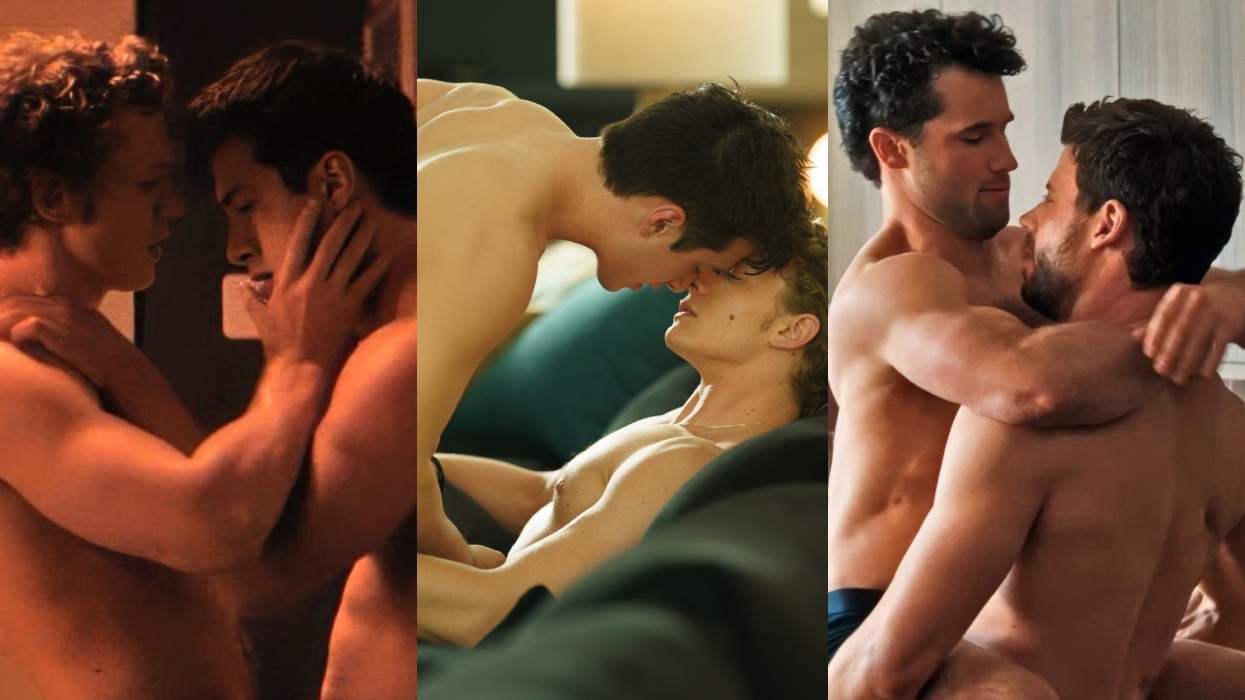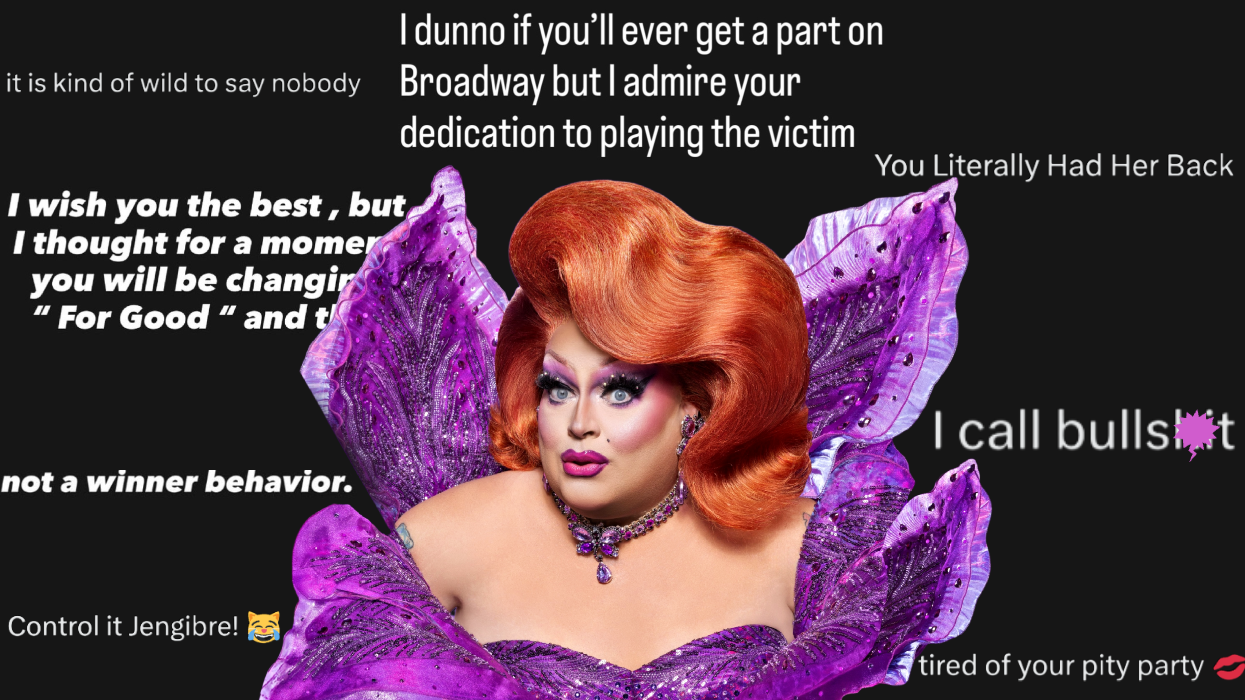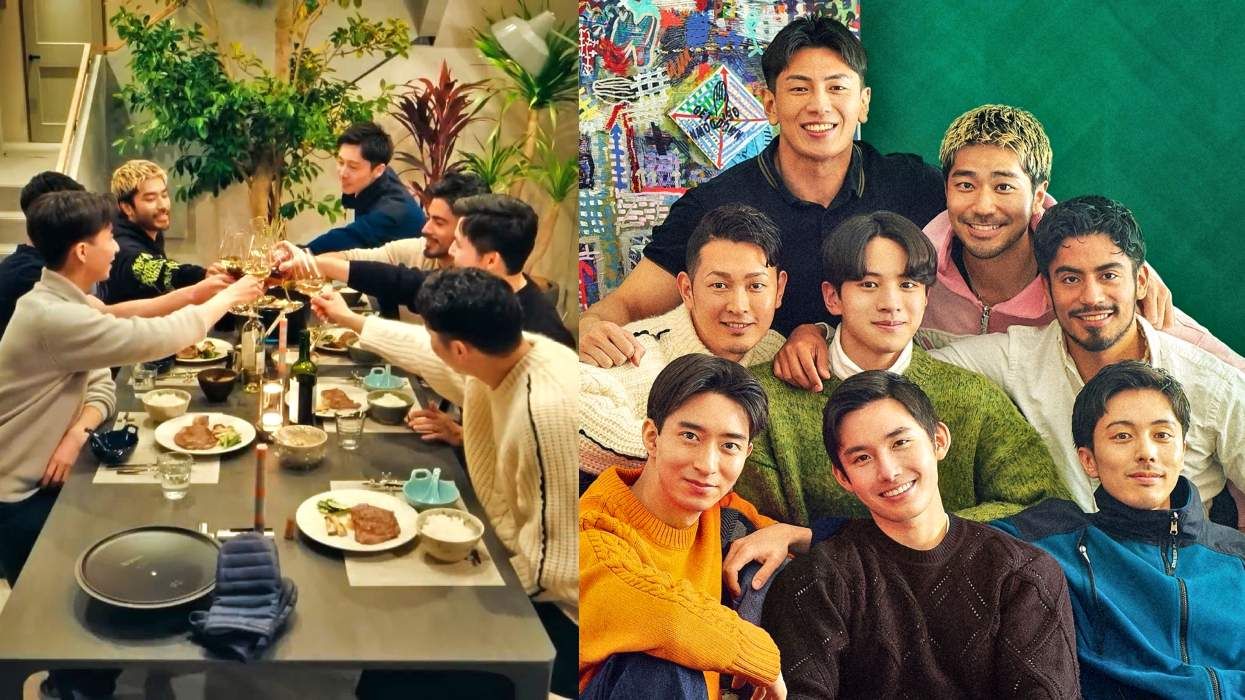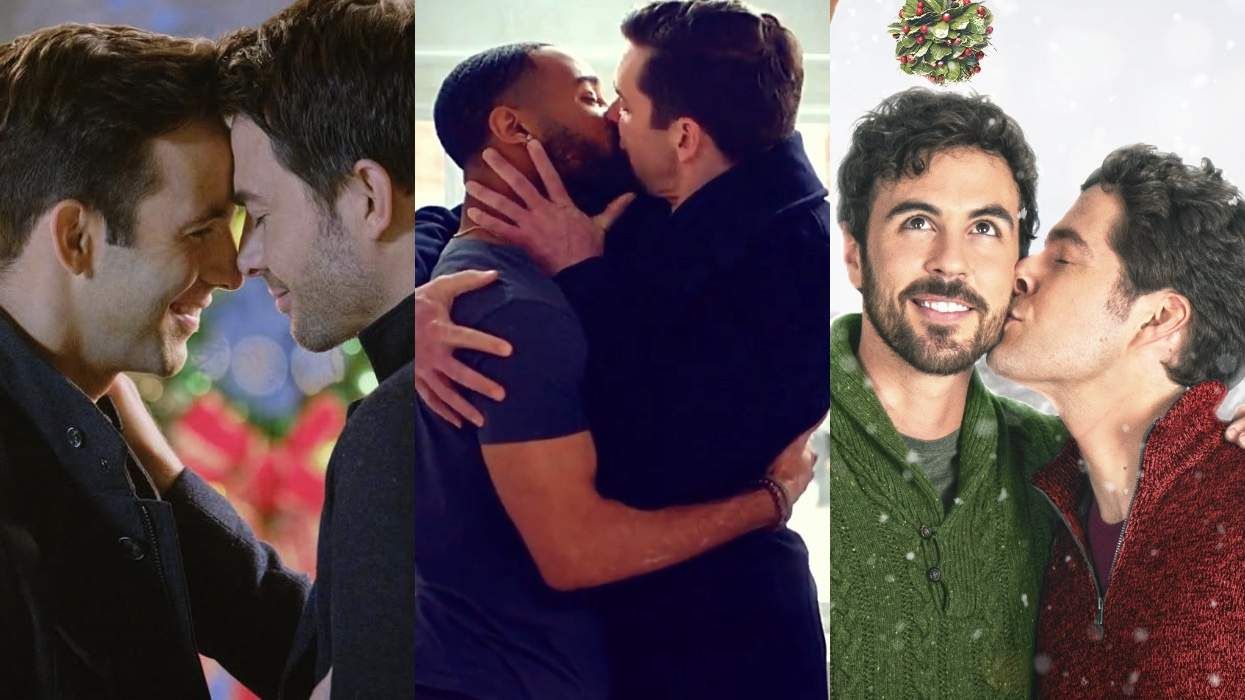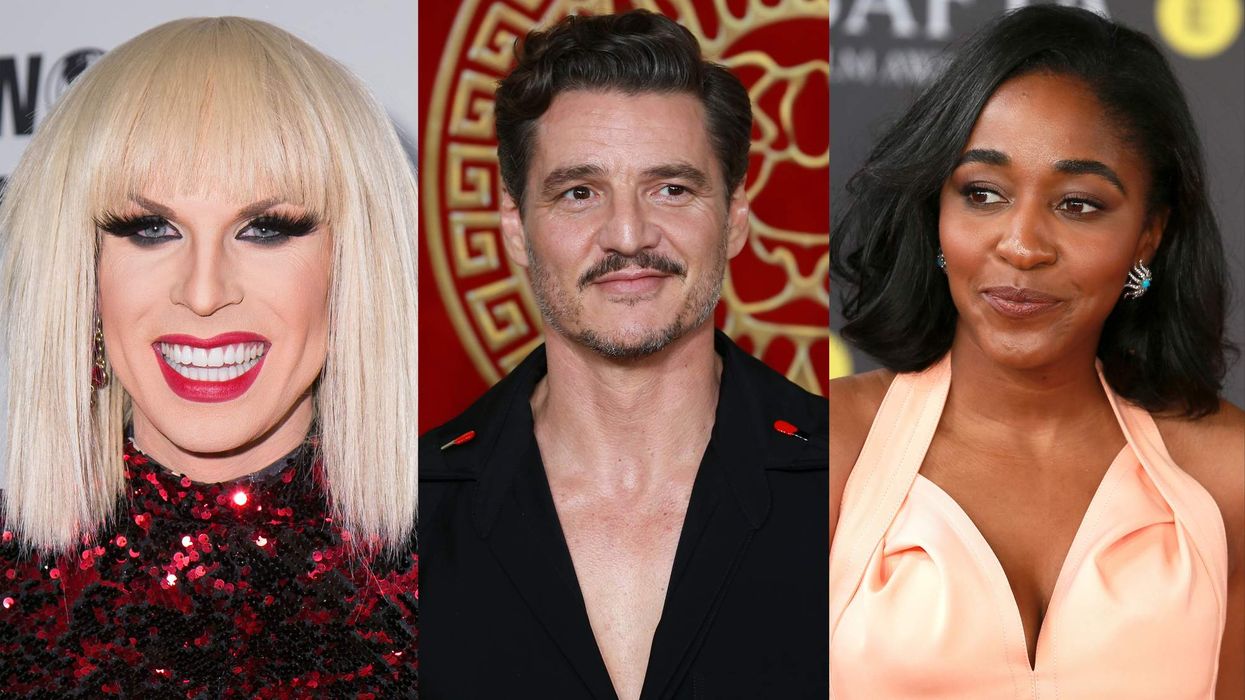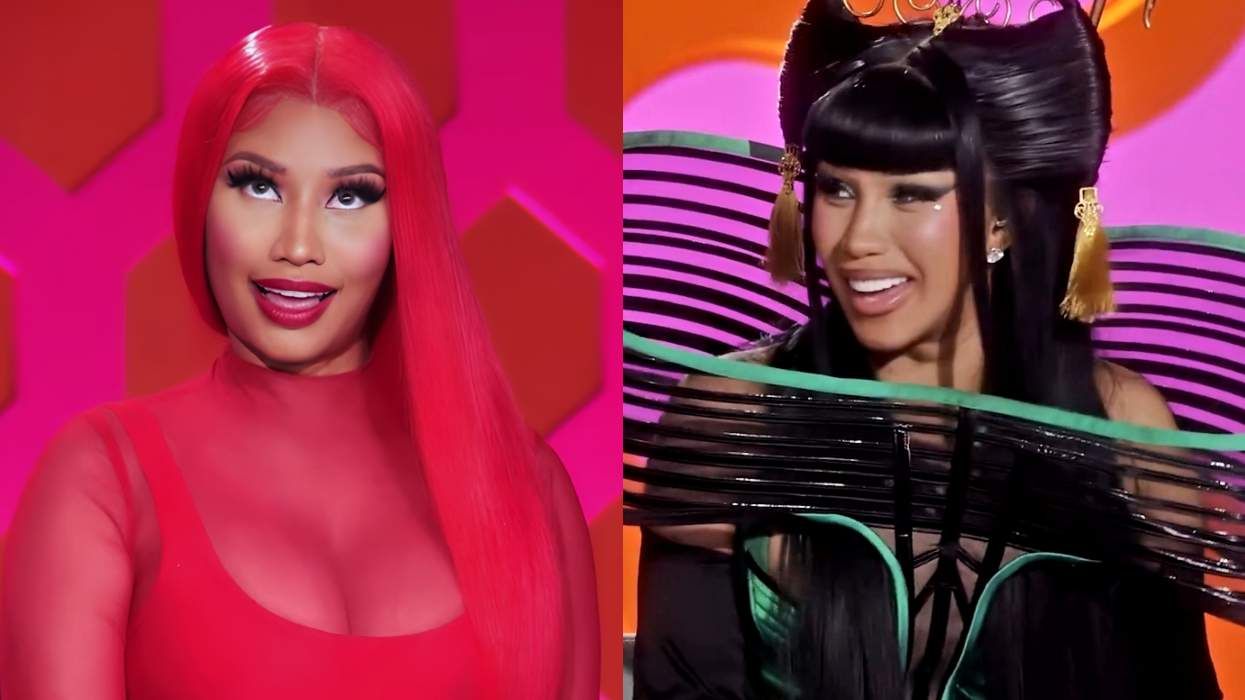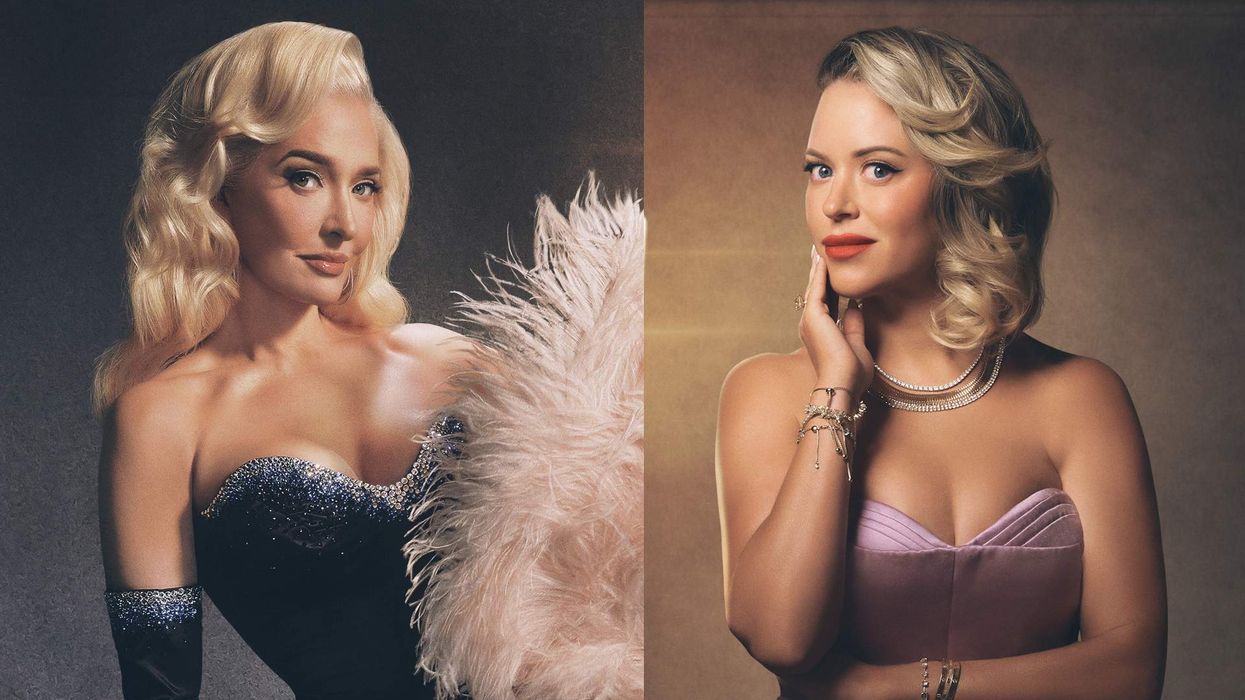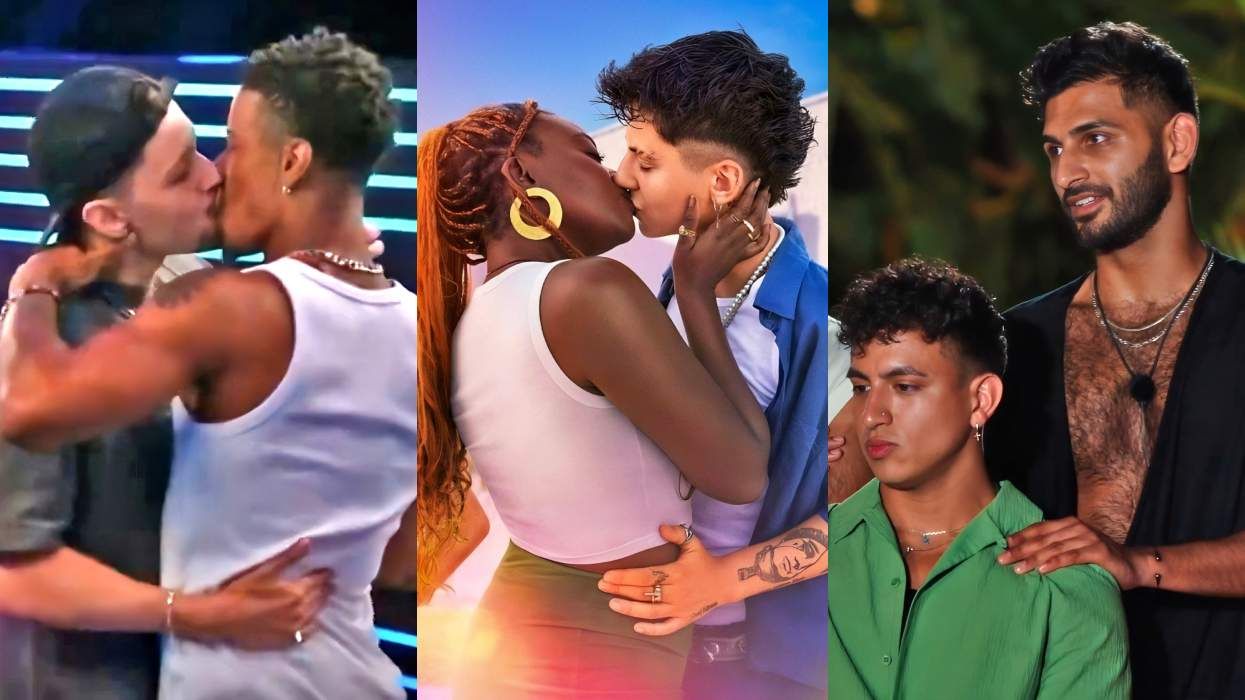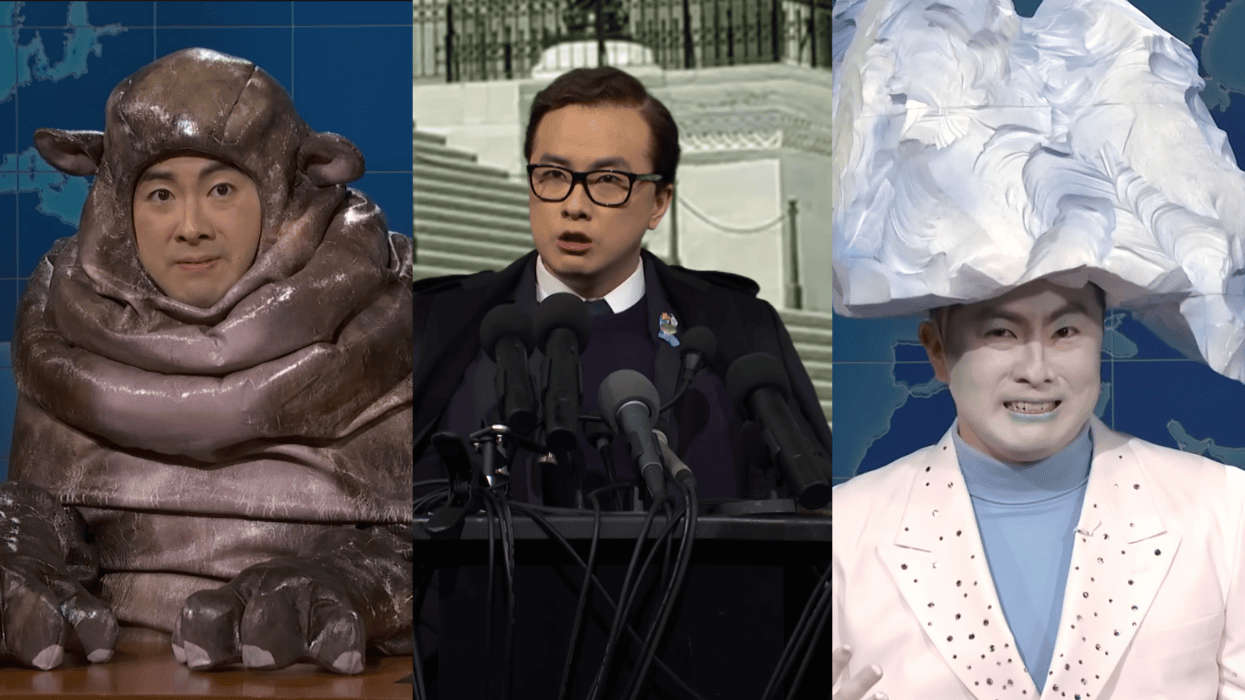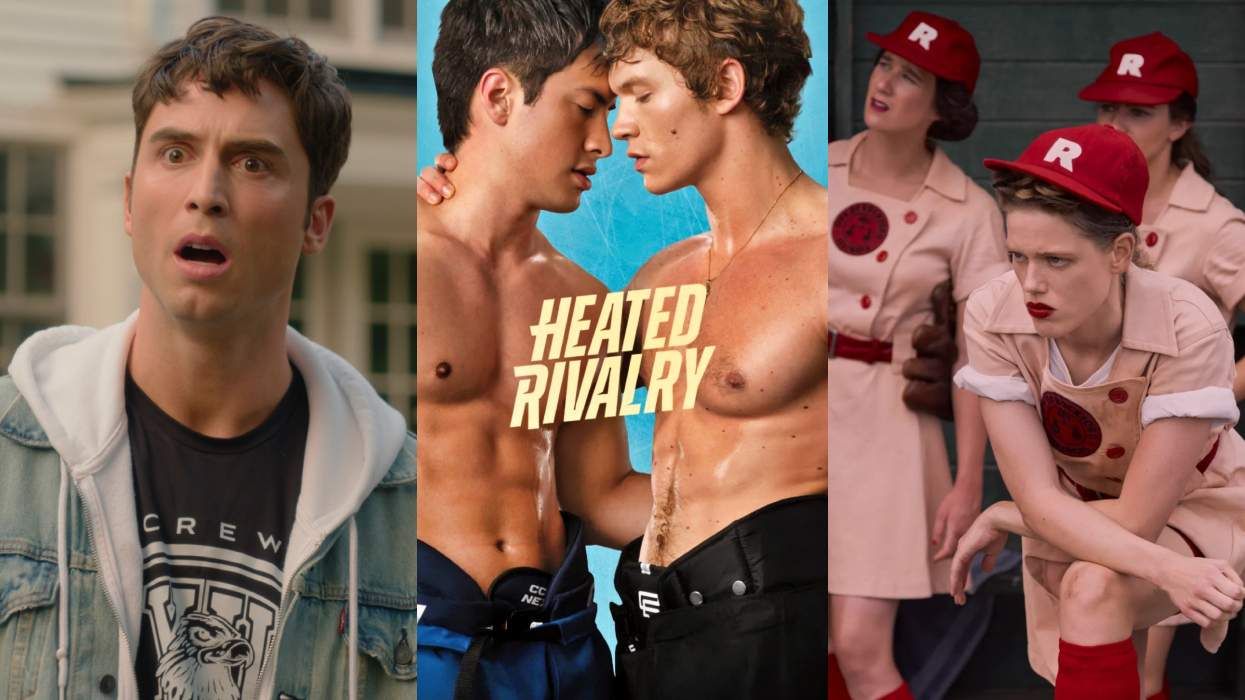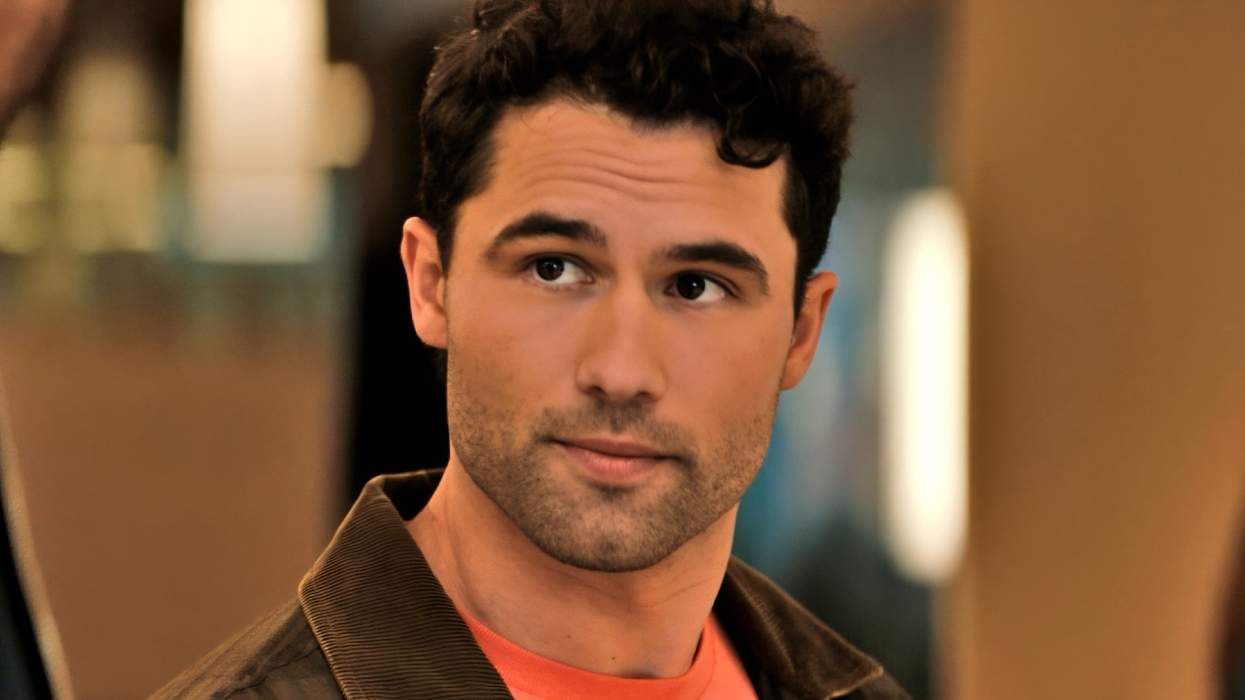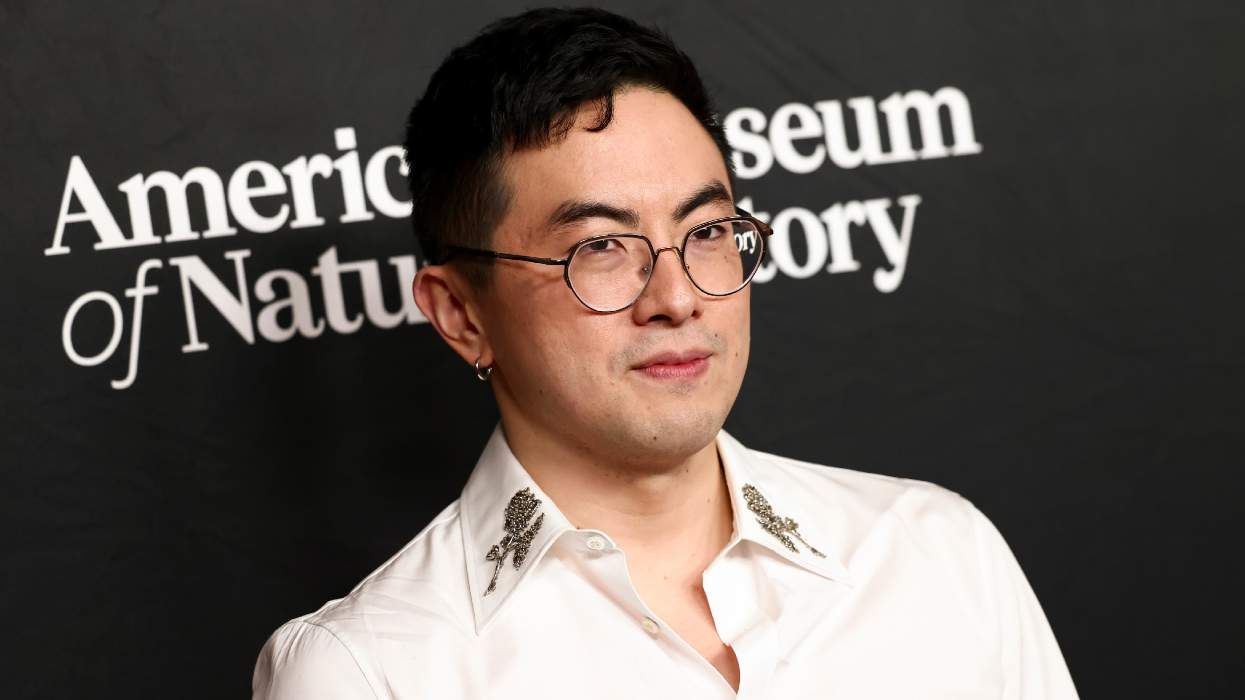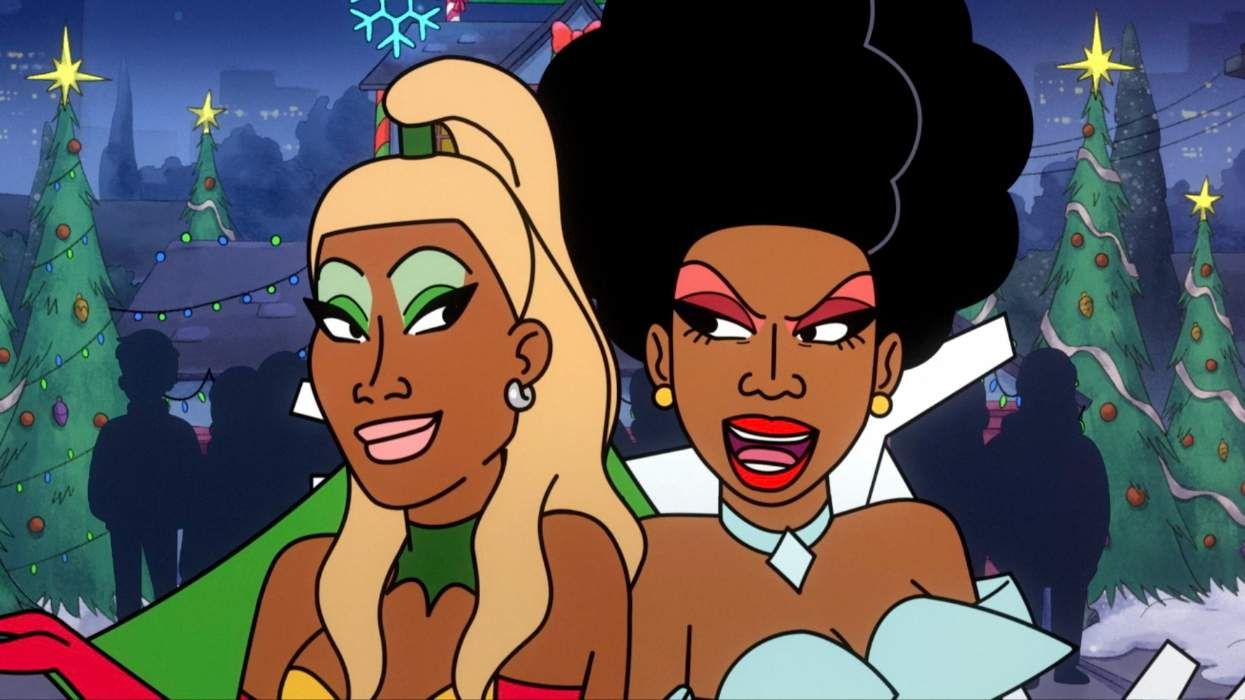On Thursday night's episode of RuPaul's Drag Race, the remaining contestants competed in the Drag-lympics. With Travis Wall as their choreographer and Adam Rippon as the resident Olympian, queens were expected to put on performances (sometimes vogue-infused) making sure to hit specific focuses: fanography, voguing, and a shablam. And already, my friends, we have an issue.
Throughout the episode, the move of lowering oneself to the ground, one leg extended, is referred to as both a "shablam" and a "death drop" -- in fact, it has been called a "death drop" throughout the history of Drag Race, and therefore largely throughout popular culture as a consequence. It has been justly referenced as a move originating from the ballroom scene as one of five integral elements of voguing. Except ... it is not called a death drop. Or a shablam. And quite a few people pointed that out on social media.
\u201c\ud83d\udde3ITS NOT A DEATH DROP, ITS CALLED A DIP!!!\n\ud83d\udde3ITS NOT A DEATH DROP, ITS CALLED A DIP!!! \ud83d\udde3ITS NOT A DEATH DROP, ITS CALLED A DIP!!!\u201d— Twiggy Pucci Gar\u00e7on (@Twiggy Pucci Gar\u00e7on) 1554427247
\u201cWhat in the entire fuck is a Shablam?\u201d— Twiggy Pucci Gar\u00e7on (@Twiggy Pucci Gar\u00e7on) 1554427633
\u201cThis isn\u2019t a question or a debate. #NoAppropriation. Period. It\u2019s called a dip.\u201d— Twiggy Pucci Gar\u00e7on (@Twiggy Pucci Gar\u00e7on) 1554427976
"It's not a death drop, it's called a dip!!!" Twiggy Pucci Garcon tweeted over and over with the yelling emoji while the episode aired. Garcon is the current overall overseer of the House of Comme des Garcons in the ballroom scene, a consultant on FX's Pose, and a co-writer for Kiki, a documentary about a subculture within ballroom. Garcon went on to reference the fact that voguing is a 40-year-old art form, and anyone teaching it should learn the history. Drag Race alum, Jiggly Caliente also tweeted about the word usage.
"Stop referring to it as a shablam or a death drop," Caliente tweeted. "Those terms should drop dead." It's a bit of deja vu (I myself have already written about the issue, explaining how the dip has been a move held throughout all variations of voguing, including Old Way, New Way and the popular Vogue Fem). Laganja Estranja, who arguably introduced the move to the Drag Race audience in her work room entrance, has also been unilaterally criticized of her use of "death drop" by the ballroom community. She has since abandoned the term, instead using dip.
Some believe that there is a difference in the terms: that a dip refers to a specific type of movement, and terms like death drop refer to others. This is incorrect. To be clear, a dip is a category of movement. Whether it's hard and dramatic, or soft and slow, the movement is still a dip. Whether one does a scorpion or high kick before, it's still a dip. Death drop is likely just a term made up by someone, not of the community, seeing the move and fabricating their own name. The move, my lovely friends, is a dip. Tell Ru I said it.
As for the term "shablam" which is mostly used by the dance community? Listen, I get it, things can be confusing. You watch your little ballroom clips and when people do a dip, you hear something that sounds like "shablam" either from the person on the mic or the crowd. First of all, that's not the name of the move, it's just an onomatopoeic cue that goes along with it. An emphasizing of the crash in the song. And second of all ... it never was "shablam" anyway. It was "shawham," as ballroom icon Jack Mizrahi, who originated the term and usage pointed out.
\u201cWhile we\u2019re at it\u2019s not #Shablam it\u2019s #ShaWHAM I know! I created it! #stop\u201d— Jack Mizrahi (@Jack Mizrahi) 1554461627
To be clear: Drag Race brings in experts for a variety of reasons. It is curious that in all of the many seasons that they have pulled references from the ballroom community, particularly as it pertains to this week's episode, that they haven't at all included those who walk in the scene today. Yes, Michelle Visage is from the House of Ninja, having walked face and body categories, and even performance, but that raises the question even more: if you want voguing in the show, why not bring in one of the many choreographers from the scene she came from? Leiomy Maldonado, Dashaun Wesley, and many more are known choreographers from the ballroom scene who have both name recognition as well as a resume of credentials. Renaldo Maurice is an Alvin Ailey dancer and expert vogue teacher as well. All three teaching the art of vogue around the world.
Love Mr. Wall. Rooted for him on So You Think You Can Dance, but why is he choreographing this particular episode? Yes he's white, and ballroom is a creation of people of color, but that alone doesn't exclude him from being able to teach as there are white expert voguers who are a part of the community -- particularly outside of the US. But Wall is someone who has no relation to the culture. The result, through his teaching, is a continued Christopher Columbus-ing of ballroom and voguing, now with the RuPaul stamp of approval -- a person who many believe has an added credibility as he is both black and gay, though there is little indication that he was actively involved in the community.
Let's never have this conversation again, and instead get either a ballroom person in as a choreographer or guest judge next season? Ok, good. Let's end this with clip of one of the most visible vogue performers in the world: Leiomy Maldenado, founding mother of the House of Amazon, she of the hair whips.
RELATED | Everything We Know About 'Pose' Season 2



